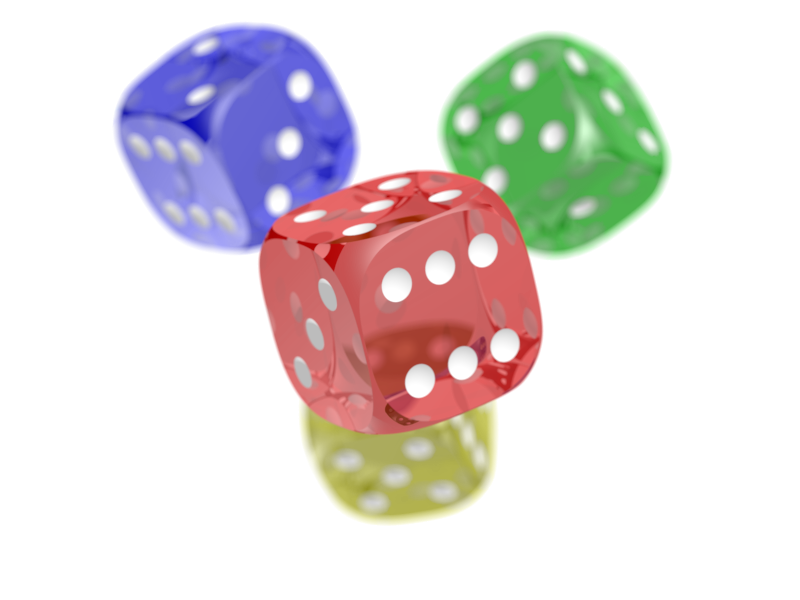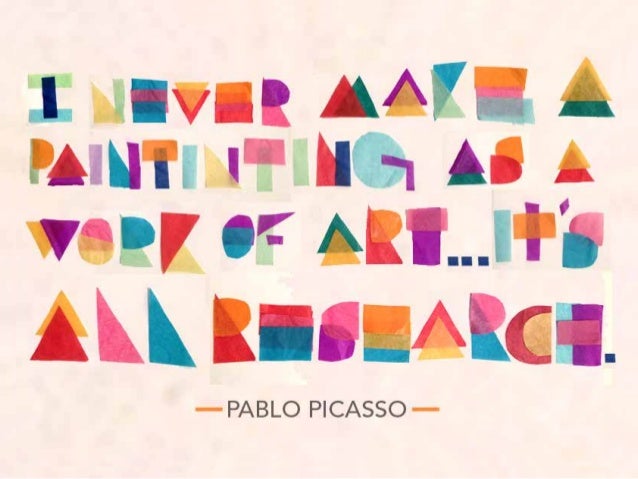Instead of having a guest speaker come in for class today, we took a mini field trip to the computer lab above the library in the Architecture and Allied Arts building, Lawrence Hall. Our activity was a scavenger hunt, where we were looking at online resources available to us as University of Oregon students.
Something interesting that I learned was how to order a book that isn’t in any UO library through Summit and ILL (Interlibrary Loan), which happens through the Interlibrary borrowing system.
When looking for articles, I found the best and most credible sources were all peer reviewed. That means that beyond the publishers, experts in the field have gone over the paper and edited it, making it as accurate and noteworthy as possible.
Lastly, I learned how to create an annotated bibliography. An annotated bibliography is a list of citations to books, articles, and documents, where each citation is followed by a brief paragraph describing the text and its relevance to the topic of interest.
This weekend I emailed Dean Walton, a librarian here at the University of Oregon science library. After he presented in class, I immediately became interested in 3d printing. I am looking to incorporate 3D printing into my final project, and I think Dean could be a great resource for making that happen. I am waiting for his response. Until next time!
All of the information on Summit and book borrowing can be found Here.




















